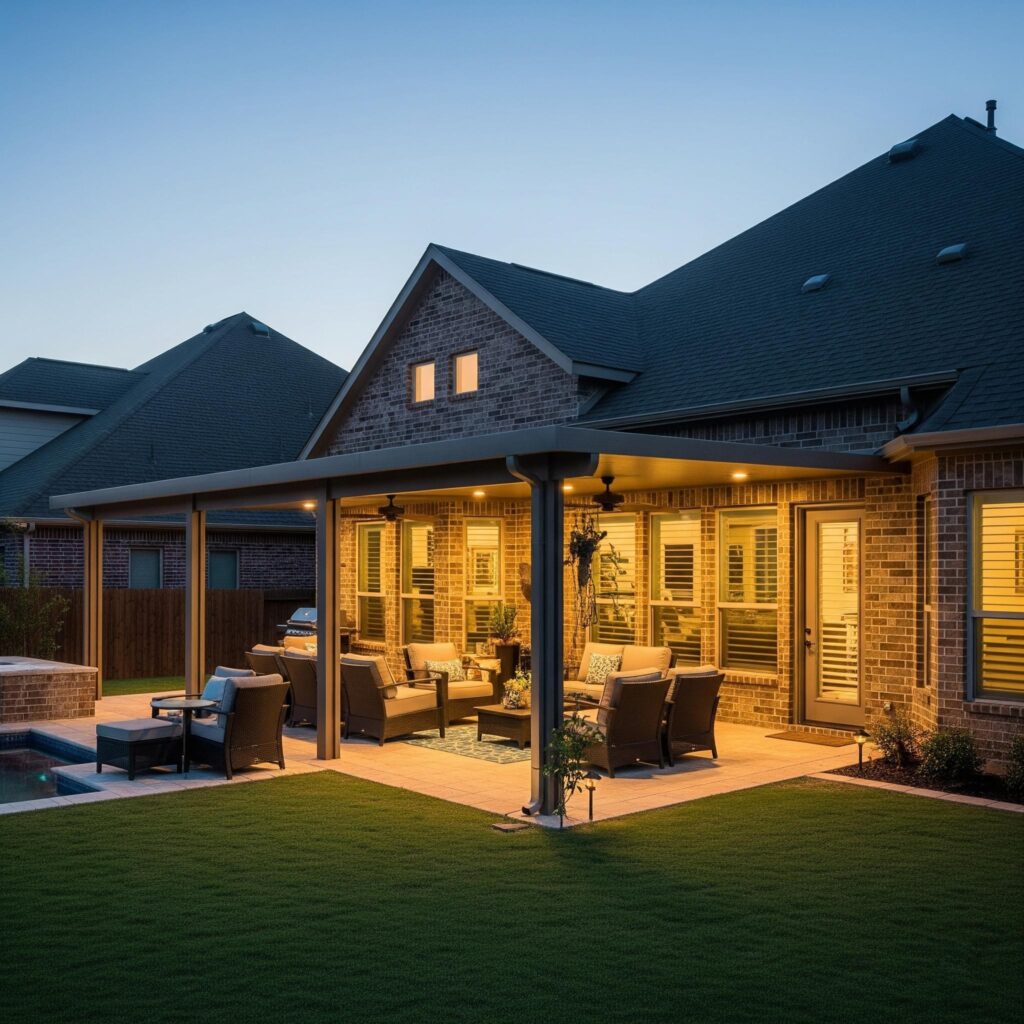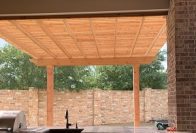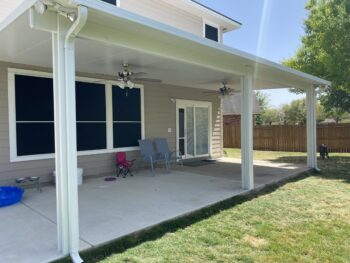Navigating Houston's Coastal Windstorm Areas
Essential Guide for Building Resilient Patio Covers
Discover how to protect your outdoor spaces from Houston’s unpredictable weather. Learn about coastal windstorm areas and how they impact your patio cover projects.

Understanding Coastal Windstorm Areas
Living in Houston means dealing with the challenges of coastal weather. For homeowners, understanding coastal windstorm areas is crucial, especially when planning outdoor structures like patio covers. These designated areas are prone to severe weather, making it essential to adhere to specific building codes and regulations. By doing so, you ensure the safety and durability of your outdoor spaces.
Our guide provides insights into what these areas entail and why they matter for your home improvement projects. Stay informed and prepared to protect your investments from the Gulf Coast’s unique climate challenges.
What Are Coastal Windstorm Areas?
Coastal windstorm areas are specific regions along the Texas coast identified by the Texas Department of Insurance as being at high risk for severe weather events, including hurricanes and strong winds. These areas require special consideration when building structures like patio covers to ensure they can withstand the elements.
Designated Counties
The Texas Department of Insurance designates several counties as coastal windstorm areas. These include Galveston, Harris, Brazoria, Matagorda, Jefferson, Orange, Chambers, Liberty, Hardin, Cameron, Willacy, Kenedy, Hidalgo, and Starr. Additionally, parts of Harris County east of Highway 146 are included. Understanding these designations helps homeowners comply with necessary building codes and regulations.
Understanding Coastal Windstorm Areas
When planning to build a patio cover in Houston, understanding coastal windstorm areas is crucial. These regions are prone to severe weather, including hurricanes and strong winds, which can impact the safety and durability of your outdoor structures. Knowing the specific requirements and risks associated with these areas helps ensure that your patio cover is not only compliant with local regulations but also capable of withstanding the harsh Gulf Coast climate. This knowledge is essential for protecting your investment and enhancing your home’s value.
Key Considerations for Homeowners
Homeowners in designated coastal windstorm areas must be aware of the specific building codes and regulations that apply to their properties. This includes understanding the need for permits, selecting appropriate materials, and ensuring that the design of their patio covers can withstand high winds. By adhering to these guidelines, homeowners can create a safe and enjoyable outdoor space that meets all necessary safety standards.
Enhancing Home Safety and Value
Building a screened porch in a coastal windstorm area like Pearland, TX not only requires compliance with local regulations but also offers an opportunity to enhance your home’s safety and value. By choosing durable materials and working with experienced contractors, you can ensure that your patio cover is both aesthetically pleasing and structurally sound. This proactive approach to building in a windstorm-prone area can provide peace of mind and long-term benefits for your property.
Permit Requirements for Patio Covers
In Houston, obtaining the necessary permits is a critical step in building a patio cover. All new constructions, including patio covers, require a permit from the Houston Permitting Center. This process ensures that your project complies with local building codes and safety standards. Before starting construction, it’s essential to check the specific requirements for your area, as regulations can vary. By securing the appropriate permits, you can avoid potential fines and ensure that your patio cover is built to withstand the region’s challenging weather conditions.
Designing for Wind Resistance
Designing a patio cover in a coastal windstorm area involves careful consideration of wind resistance. The structure must be able to endure high winds and potential storm surges common in the Gulf Coast region. This includes selecting materials that are both durable and weather-resistant, such as treated wood or aluminum. Additionally, the design should incorporate features that enhance stability, such as proper anchoring and wind-resistant construction techniques. By focusing on these design elements, homeowners can create a patio cover that not only looks great but also provides lasting protection against the elements.
Essential Tips for Building a Wind-Resistant Patio Cover


Creating a patio cover that can withstand Houston’s unpredictable weather requires careful planning and the right materials. Start by selecting durable materials like aluminum or treated wood, known for their resilience against heat, humidity, and storms. It’s also crucial to hire a licensed contractor or engineer with expertise in wind-resistant construction. Their knowledge ensures your patio cover complies with local safety standards and building codes. Regular inspections during construction will help maintain adherence to approved plans and safety guidelines. By following these tips, you can build a patio cover that not only enhances your outdoor space but also stands strong against the elements.
Transform Your Outdoor Space with Expert Help
Ready to enhance your home with a durable and stylish patio cover? Lone Star Patio Covers and Enclosures in Atascocita, TX is here to assist you every step of the way. With over 30 years of experience in crafting custom patio covers, our team is committed to delivering exceptional quality and customer satisfaction. Don’t leave your project to chance—reach out to us today and discover how we can help you create a beautiful, wind-resistant outdoor space that adds value to your home. Contact us now to get started!




